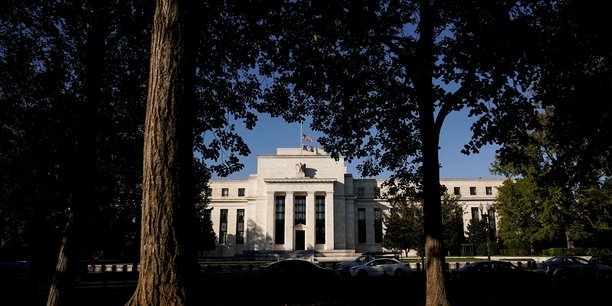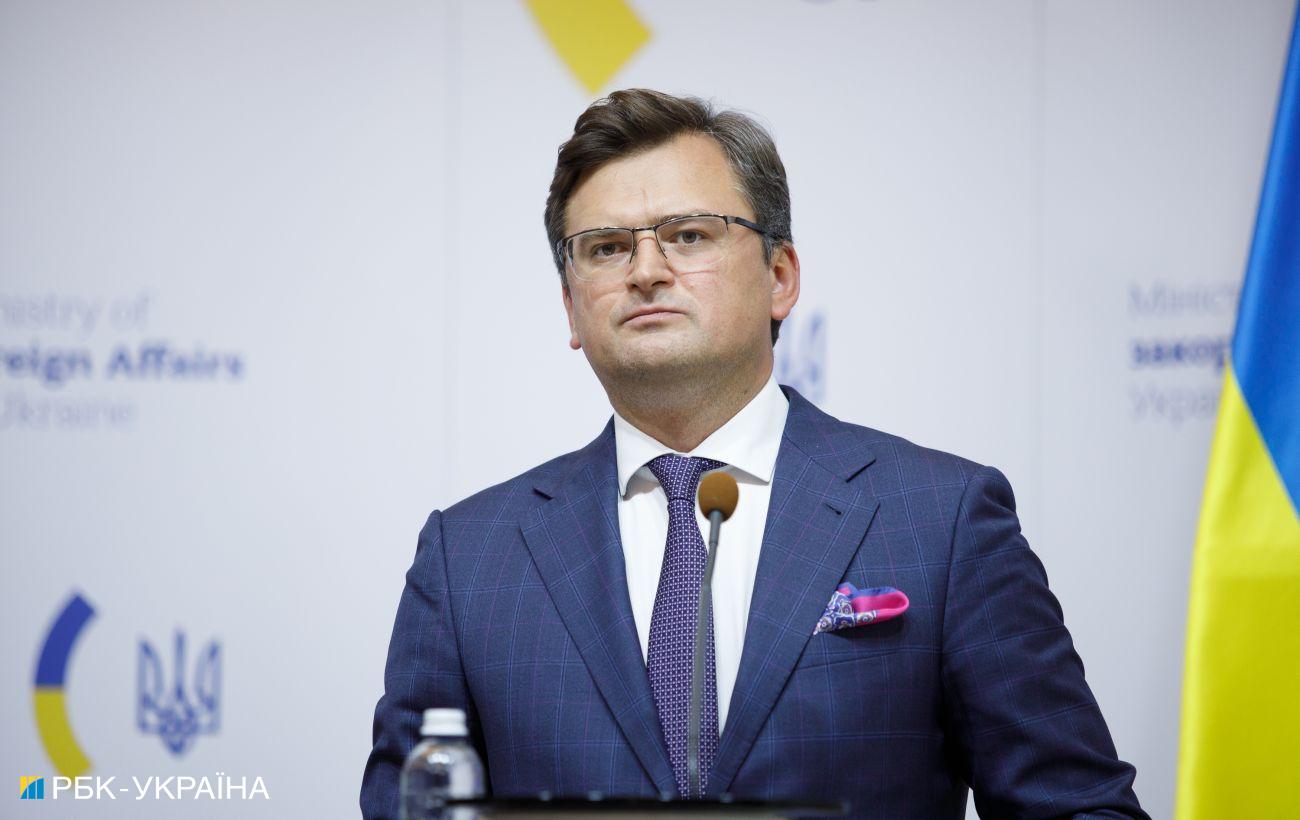The debate is mounting within the US Federal Reserve. While the central bank (Fed) of the world’s largest economy has already declared itself in favor of a reduction in its monetary support to the post-Covid economy as of this month of November, there nevertheless remains the crucial question of the rise in rates and of the deadline to aim for it. In fact, with inflation at its highest for 31 years, according to the Commerce Department, thehe members of the Fed’s monetary committee were divided on the risks, and therefore on the measures to be taken, according to the last meeting and the “minutes” published on Wednesday.
The rise in prices is watched like milk on the fire internationally, particularly in the United States where it reached 6.2% in October.
While they are the guarantors of price stability, central bankers fear above all that employees consequently demand generalized increases in remuneration to cope with them, and that companies pass these increases on to their selling prices, triggering an inflationary spiral. very difficult to contain.
Also, some committee members believe “that the biggest price increases may have already taken place“. Most “many participants“have judged”that high inflation may prove to be more persistent” provided that.
Overall, they see the high level of inflation “as largely reflecting factors that may be transient“, underlines the report of their meeting of November 2 and 3.
American employment in great shape
To explain these fears of overheating in particular, new weekly jobless claims in the United States fell in mid-November to their lowest level in more than half a century. In other words, the recovery in the US labor market is robust.
It is also potentially too good news, when the Fed indicated that it was going to rely in particular on the labor market to determine the pace of the reduction in its support to the financial markets.
The Fed has started cutting its asset purchases by $ 15 billion each month, from $ 120 billion monthly to zero. At this rate, the Fed would stop all purchases in mid-June 2022. It wants to have completed this step to consider the following: raising key rates, located in a range of 0 to 0.25%.
ECB member talks about “dangerous” inflation
These concerns are also verified within his European counterpart. As the euro area faces an episode of “bad” inflation linked to shocks to the global economy, the Central bank (ECB) wants to prevent this from becoming “dangerous“said Fabio Panetta, a member of its executive board, on Wednesday.
“Bad inflation could turn into ‘dangerous’ inflation if persistent upward pressure on prices discourages inflation expectations.”, moving them away from the 2% target set by the central bank European futures, “and destabilized the mechanisms for setting wages and prices “, said the leader during a speech given to Sciences Po. Fabio Panetta also calls for “patience” in the face of rising prices.
In the euro zone, inflation peaked at 4.1% for the same month, a high in more than thirteen years.
(With AFP)


